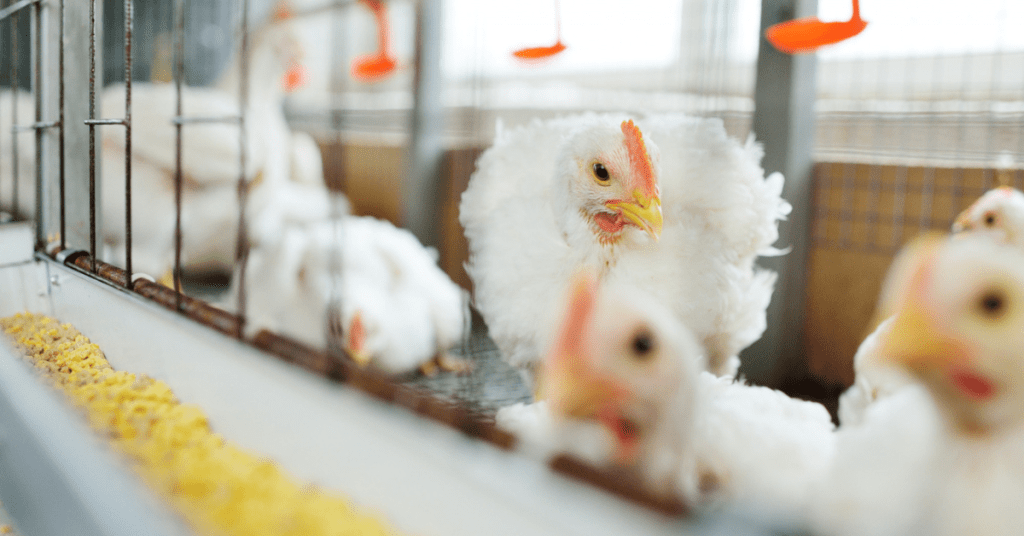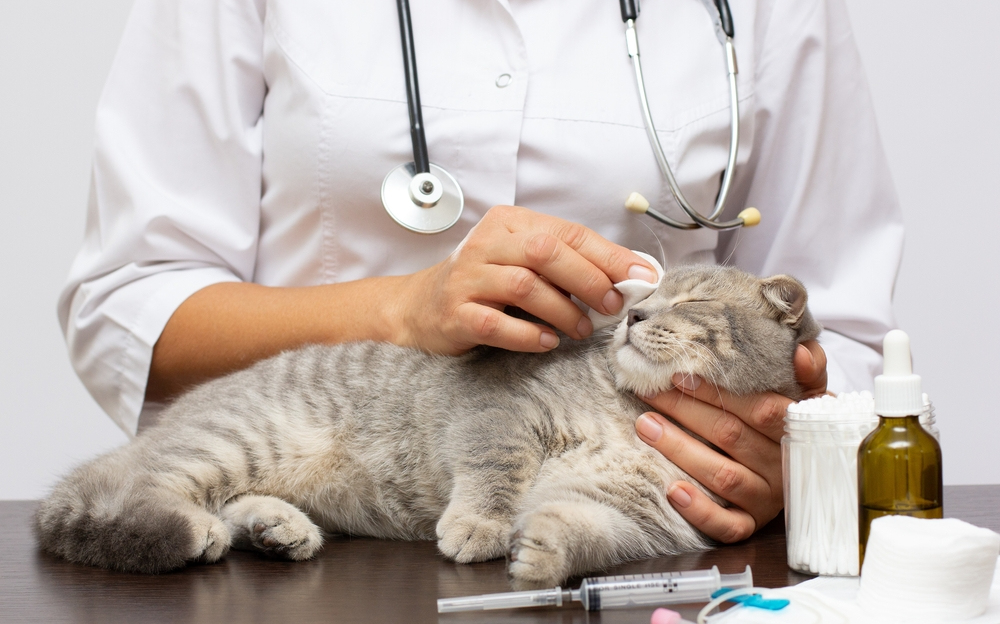In veterinary toxicology, the mode of action of poisons refers to how toxic substances interfere with biological systems. From a broader perspective, this action can be classified into two major types: physical and chemical disruption of physiological processes.

Physical Mode of Action
Certain substances, due to their physical properties like lipid solubility, produce non-specific inhibitory effects on enzymes. These compounds accumulate in vital cellular components and depress essential cellular functions. Examples include hydrocarbons, chlorinated hydrocarbons, alcohols, ethers, and ketones, which are commonly used as hypnotics or sedatives. Their toxicity arises not from a specific interaction but from general cellular disruption.
Chemical Mode of Action
Most poisons act through chemical interactions with cell components, primarily affecting enzymes involved in oxidation and oxidative phosphorylation. These toxicants often bind to the active sites of enzymes, preventing normal substrates from engaging in crucial reactions. This enzyme inhibition can either be irreversible (e.g., organophosphates) or reversible (e.g., carbamates), leading to various clinical symptoms depending on the compound and duration of exposure.
Specific vs. Non-Specific Actions of Poisons
Non-Specific Action
Non-specific toxic effects often result in narcosis, a general depression of biological activity. Although the exact mechanisms remain unclear, it’s believed to involve alterations in cell membranes. Narcosis is usually reversible once exposure ceases. Examples of non-specific actions include:
- Heavy metals causing developmental defects
- Warfarin damaging blood vessels
- Cobalt impairing oxygen transport
- DDT inducing carcinogenesis
Specific Action
In contrast, specific toxic actions occur at low concentrations where poisons bind to target sites and affect specific biochemical pathways. These interactions are highly potent and often precede any non-specific effects. Common specific modes include:
- Uncoupling of Oxidative Phosphorylation: Disrupts electron transport and ATP production.
- Acetylcholinesterase (AChE) Inhibitors: Compounds like organophosphates and carbamates prevent the breakdown of acetylcholine, leading to continuous nerve impulses and neural damage.
- Irritants: Trigger inflammation, hypertrophy, or hyperplasia. Examples include benzaldehyde, acrolein, zinc sulfate, and chlorine.
- CNS Seizure Agents: Act as receptor antagonists disrupting cell signaling. Organochlorine pesticides are a common example.
- Respiratory Blockers: Compounds like rotenone and cyanide interfere with the electron transport chain, hindering cellular respiration.
Factors Affecting Toxicity in Animals
Several factors influence how animals respond to toxic substances. Understanding these can help veterinary students assess risk and develop appropriate treatment plans.
- Dosage: The amount absorbed is critical. Even harmless substances can be toxic at high enough doses.
- Physical Nature: Solid, liquid, and gas forms vary in absorption and toxicity. Finer particles or oily solutions enhance toxicity.
- Chemical Nature: Structural forms (e.g., trivalent vs. pentavalent arsenic) have different toxicity levels. Example: Red phosphorus is inert, whereas yellow phosphorus is highly toxic.
- Source of Poison: Environmental and dietary factors can alter toxicity. For instance, drying hay can neutralize plant toxins, while oils in diet enhance poison absorption.
- Repeated Exposure: Chronic exposure, even at low doses, can lead to cumulative toxicity, especially with carcinogens.
- Species Variation: Toxicological responses vary widely between species. A substance safe for one animal may be fatal for another.
- Size, Age, and Sex: Smaller or younger animals are generally more susceptible. Females may react more strongly in some cases (e.g., red squill).
- Health Status: Diseased or weakened animals (especially with liver or kidney disorders) are more vulnerable due to compromised detoxification.
- Dietary Factors: A high-protein diet often enhances xenobiotic metabolism.
- Route of Exposure: The order of toxicity is usually Inhalation > IV > IM/SC > Oral > Skin Contact.
- Environmental Conditions: Temperature, pressure, humidity, and radiation can alter the toxicity or behavior of poisons in the environment.
Final Thoughts
Veterinary students must grasp both the mechanisms of toxicity and the complex interplay of environmental, physiological, and chemical factors that affect how poisons act on the body. Whether dealing with acute exposure or chronic poisoning, understanding the mode of action provides a foundation for diagnosis, treatment, and prevention.
Want to dive deeper into veterinary toxicology, research writing, or thesis preparation?
Join our full Dissertation Writing Series at Pedigogy.com — tailored for Nepali agri and vet students preparing for thesis, Master’s entrance, or PSC exams here https://pedigogy.com/courses/mastering-technical-writing-with-rahul-a-researchers-essential-guide/
You can also Enroll in the full course of toxicology here: https://pedigogy.com/courses/learn-toxicology-with-ranjana/


